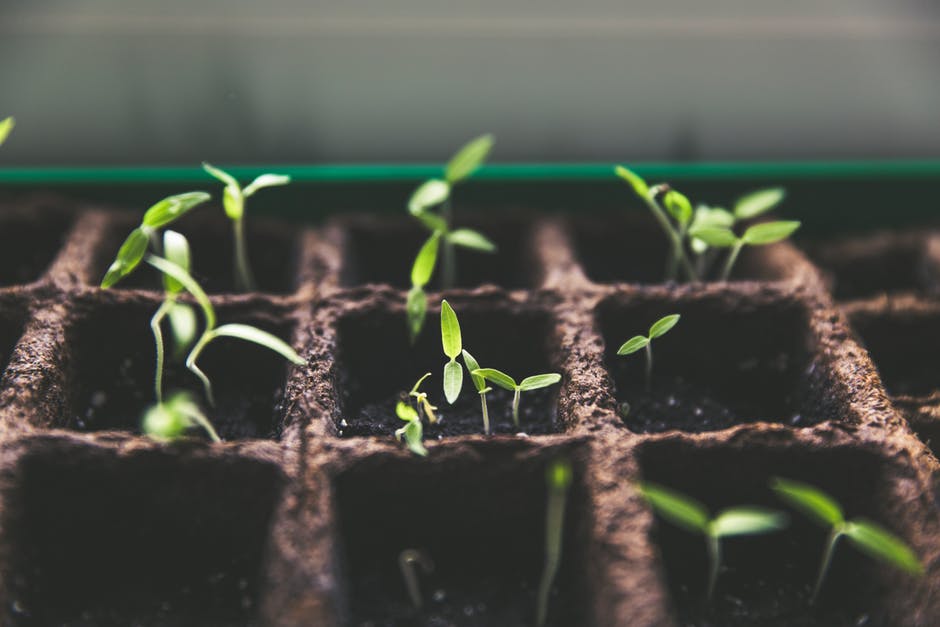
Often, people think doing things to improve their health will be hard, boring work. However, there are a few things that you can benefit from that are in fact enjoyable and pleasant. One of those things is gardening.
Yes, gardening.
In fact, gardening can be so good for your health, that they have been showing up at prisons, hospitals, nursing homes and community center for at-risk youth. (1)
What kinds of benefits can gardening have?
Stress
Gardening gets you outside and breathing in some fresh air and sunshine, and thus can lower your stress. One Dutch study required two groups of people to complete a stressful task. After that, one group gardened for 30 minutes, while the other read indoors. It turned out that the gardening group felt better and had lower cortisol levels. (2)
Mental decline
Researchers have found daily gardening to be the single biggest risk reduction for dementia; at 36%! (3)
Exercise
Everyone knows that exercise is good for them, but sometimes it can be hard to find the motivation. With gardening, you can get your exercise without even noticing! One study found that taking care of a garden can cut stroke and heart attack risk by 30% of those over 60. (4)
Getting started
If getting started seems overwhelming, just take it a little bit at a time. The health benefits can still be gained regardless if you have a family feeding vegetable garden, a small patio planter, or a tiny herb garden.
Here are a few tips for starting your garden, from better homes and gardens. (5)
1. Get an idea. Is this going to be a vegetable garden? An herb garden? A flower garden? Just one bit of advice: Start small.
2. Pick a place. Almost all vegetables and most flowers need about six hours of full sun each day. Spend a day in your chosen spot and watch how the sun moves across your space. It might receive more sun than you think. Check plant tags or ask the staff at your local garden center to find out how much sun a plant requires.
Put the garden where you can’t ignore it.
3. Clear the ground. Get rid of the sod covering the area you plan to plant.
4. Improve the soil. Invariably, soil needs a boost. The solution is simple: organic matter. Add a 2- to 3-inch layer of compost, decayed leaves, dry grass clippings, or old manure.
5. Dig or don’t. Digging loosens the soil so roots can penetrate more easily. But digging when the soil is too wet or too dry can ruin its structure. Dig only when the soil is moist enough to form a loose ball in your fist, but dry enough to fall apart when you drop it. Use a spade or spading fork to gently turn the top 8 to 12 inches of soil, mixing in the organic matter from Step 4. In vegetable gardens and beds of annual flowers, turn the soil only once a year in the spring before you plant.
6. Pick your plants. Choose plants adapted to your climate, your soil, and the amount of sunlight in your garden. You can even surf the Internet for plants to purchase.
7. Put them in the ground.
Some plants, such as lettuce and sunflowers, are easy to grow from seed. You can sow them directly in the garden. Be sure to read the seed packet for information about when to plant, how deep to plant, and how far apart to plant the seeds. An easier method is to buy young plants, called set plants or transplants. Just dig a hole and plunk them in the ground.
8. Water. Seedlings should never dry out, so water daily while they are small. Taper off as the plants get larger. New transplants also need frequent watering — every other day or so — until their roots become established. After that, how often you need to water depends on your soil, how humid your climate is, and how often it rains. Plants are begging for water when they wilt slightly in the heat of the day. Water slowly and deeply, so the water soaks in instead of running off into the street. To minimize evaporation, water in the early morning.
9. Mulch. To help keep weeds out and water in, cover the soil with a couple of inches of mulch. All sorts of mulch are available, from pine needles to cocoa hulls to bark chips. For a vegetable garden or bed of annuals, choose a mulch that decomposes in a few months. For perennials, use a longer-lasting mulch, such as bark chips.
10. Keep it up. Your garden is on its way. Keep watering when needed, and pull weeds before they get big.

